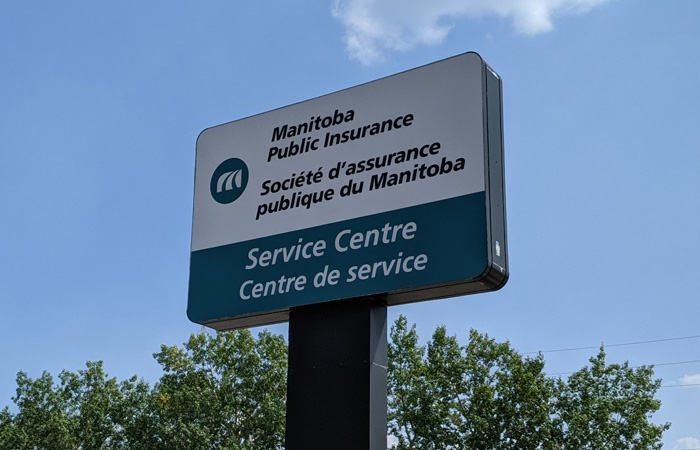Speeding on Manitoba roads continues to be one of top contributing factors in serious – and often deadly – collisions, with 40 per cent of vehicles found traveling above the posted speed limit in a recent MPI province-wide study. Of these vehicles, seven per cent were traveling more than 10 kilometres above the posted speed limit.
The 2022 study, which included over 1.2 million vehicles at over 50 different urban and rural locations throughout the province, was designed to better understand how frequently drivers were speeding on Manitoba’s roadways. MPI plans to use the findings to improve existing programs and develop new targeted initiatives to reduce speeding.
“MPI data has consistently shown us that speed is a contributing factor in almost 20 per cent of all fatal collisions annually and this latest study tells us that remains a common and risky habit for many drivers,” said Satvir Jatana, MPI’s Chief Customer Officer. “No matter what road you’re on, when you’re behind the wheel it’s important to drive the speed limit for that area and remember to adjust for weather, road and traffic conditions.”
Preliminary fatal collision data shows that speed was the primary contributing factor in approximately 30 per cent of the fatalities that have occurred on Manitoba roads to date in 2023.
New electronic speed display sign program
To increase drivers’ awareness of their travelling speeds, MPI is launching a new program this fall to provide electronic speed display signs to interested municipalities and First Nations. As part of the program, MPI will fund the purchase of up to 35 signs in 2023 and an additional 20 signs in 2024, with no cost to the communities.
“The results of our pilot program conducted last year found that electronic signs are effective in reducing vehicle speeds and making our roads safer for all road users,” Jatana said.
Tips to manage your speed
Follow these road safety tips to always keep your speed in check:
- Plan your route and give yourself enough time to safely reach your destination.
- Use cruise control to avoid inadvertently going over the speed limit.
- Maintain a safe following distance, which means a four-second distance in ideal driving conditions.
- Remember when passing by a roadside emergency vehicle, you must move to the farthest lane from the scene whenever possible. In this situation, drivers also are required to slow down to 40 km/h when the posted speed limit is below 79 km/h or 60 km/h when the posted speed limit is 80 km/h or higher.



